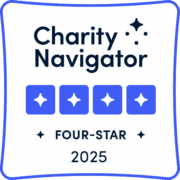Announcing February Research Roundtable Speakers
Dr. Mitra and Jeff Milton to Join Chelsea’s Hope Lafora Disease Research Roundtable on 8 February
We are excited to announce the two speakers that will present at our February research roundtable.
Sharmistha Mitra, Ph.D., is an Instructor in the Department of Pediatrics, Division of Child Neurology at UT Southwestern Medical Center. She joined the UT Southwestern faculty in July 2020.
Dr. Mitra’s objective is to present a comparative murine study of the amylopectinoses of APBD, Lafora Disease, and PGBM1 at the roundtable. She will share a mechanistic understanding of the function of E3 ubiquitin ligases and their associated proteins in glycogen metabolism.
Jeff Milton is the Founder and CEO of La Jolla Labs, a company developing technology for RNA therapeutics. Prior to this, he was Head of Data Sciences at Arcturus Therapeutics, where he worked on several rare disease programs, including both RNA-targeting and mRNA modalities. Jeff currently serves as an advisor to his alma mater, the Mellon College of Science at Carnegie Mellon University.
We are excited to begin the 2024 Research Roundtable series and hope you will join us for an important conversation.
Our Next Research Roundtable
Please join us Thursday, February 8th, from 10:30 am – 12:00 pm EST to learn from Jeff and Dr. Mitra. You must register for the Zoom meeting in advance. We will include a new translation and captions feature for the Zoom meeting. It will not be recorded, although we will share a summary after the meeting.

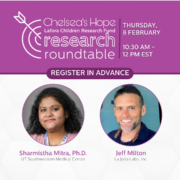
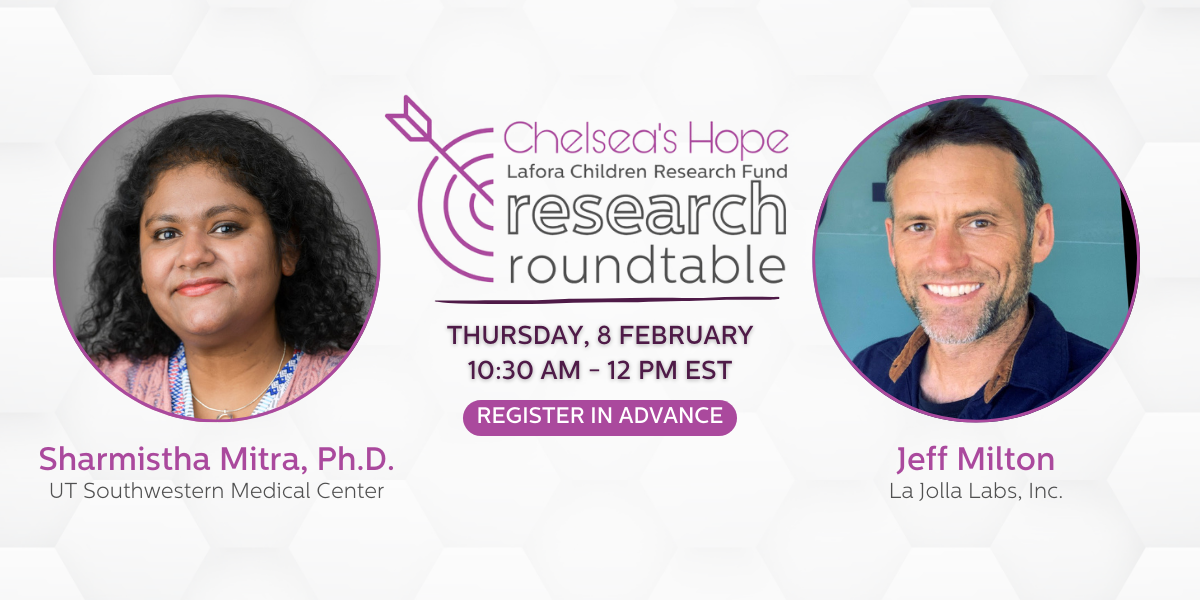

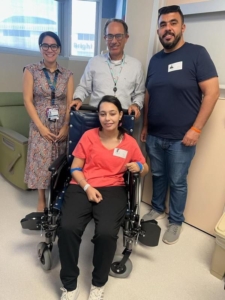
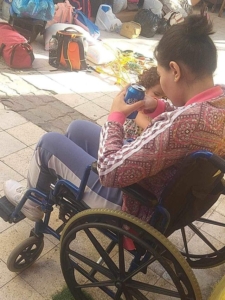
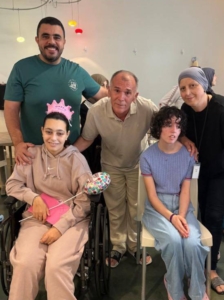
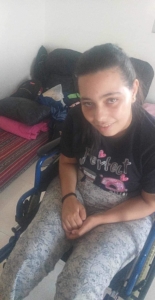 Lafora patient Zaina and her family want to evacuate Gaza;
Lafora patient Zaina and her family want to evacuate Gaza;  Her entire family has been bombed, and they evacuated their home. They have moved across Gaza several times to escape the fighting. They have been displaced into a shelter and ran out of the best seizure medication for Zaina. Her family was able to switch epilepsy medications, but it’s not as effective. She needs proper medical treatment and a peaceful home.
Her entire family has been bombed, and they evacuated their home. They have moved across Gaza several times to escape the fighting. They have been displaced into a shelter and ran out of the best seizure medication for Zaina. Her family was able to switch epilepsy medications, but it’s not as effective. She needs proper medical treatment and a peaceful home.

